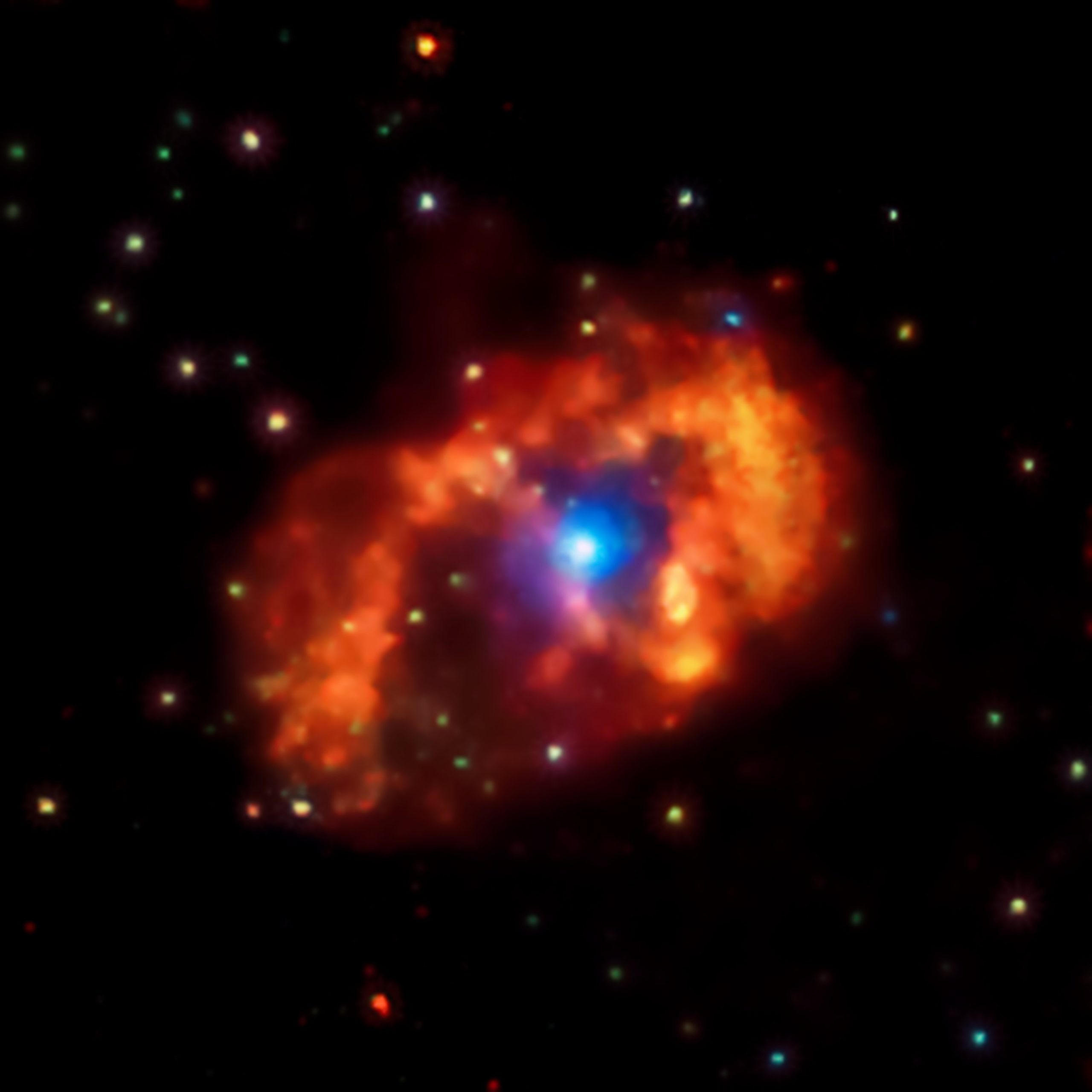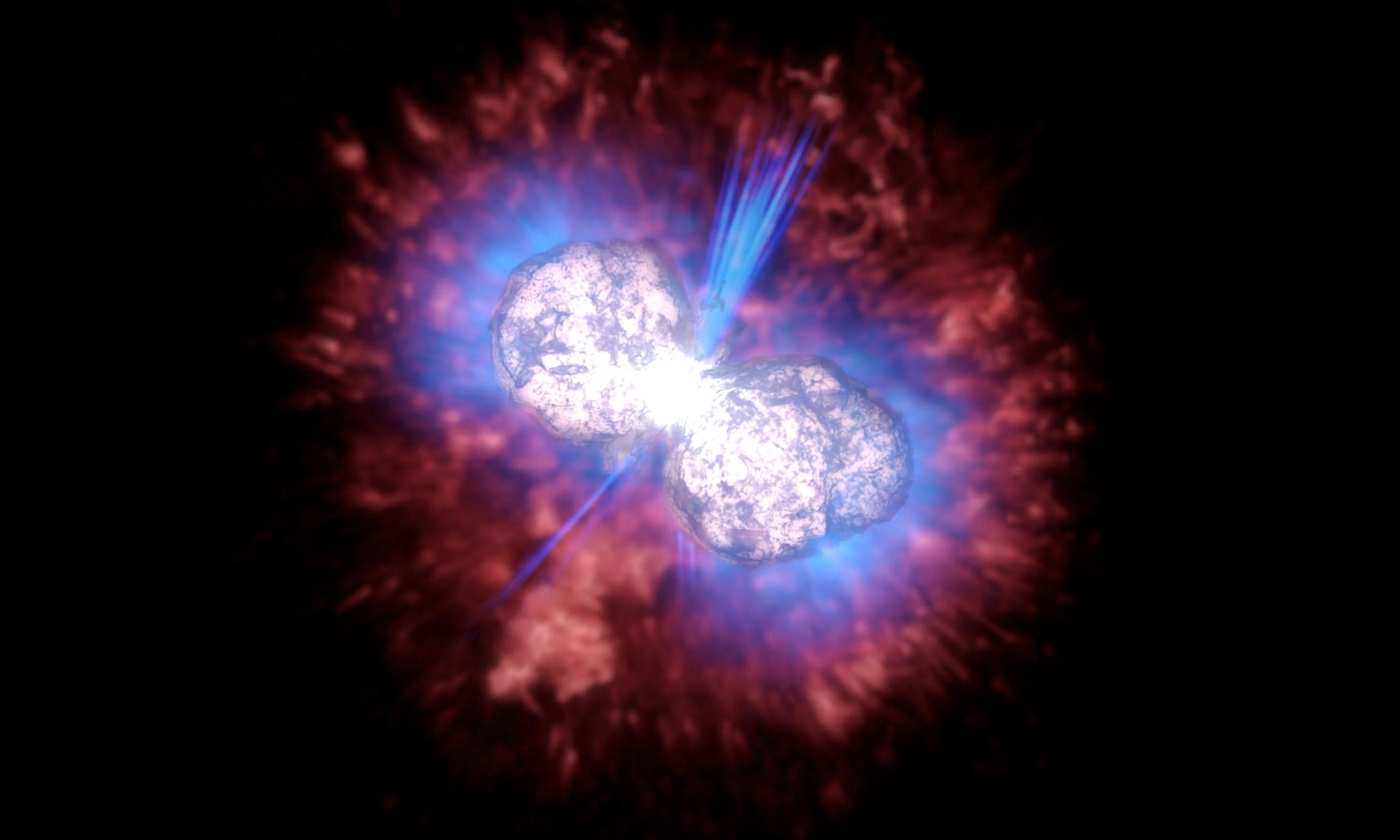Astronomers produced a stunning new video of a stellar eruption from Eta Carinae, that took place some 180 years ago, by using over two decades of data from NASA’s Chandra X-ray Observatory.

Historic Stellar Explosion, Eta Carinae, Retraced Through A Time-Lapse Movie| Photo: NASA
This time-lapse video combines observations from Chandra and XMM-Newton spacecraft to retraces the history of Eta Carinae.
According to scientists, Eta Carinae consists of two massive stars; one star is around 90 times more massive than the sun, while the other is approximately 30 times more massive.
The Great Eruption was a huge explosion that occurred in Eta Carinae. It is thought to have happened because two stars from a triple star system that merged together.
The Hubble telescope observed Eta Carinae, which is located 8,000 light-years away.
Despite the distance, the Hubble telescope was able to distinguish structures that are only 10 billion miles across, like the diameter of our solar system, according to Hubble.
The said structures distinguished by the Hubble telescope include dust lanes, tiny condensations, and radial streaks.
Eta Carinae is estimated to be 100 times more massive than our Sun and radiates about five million times more power than the Sun.
Scientists hope that studying the outburst of this star will provide insights into other similar but less dramatic stellar explosions and the dynamics of stars in general, Hubble added.
READ MORE| Watch a 180-year-old star eruption unfold in new time-lapse movie (video)
























